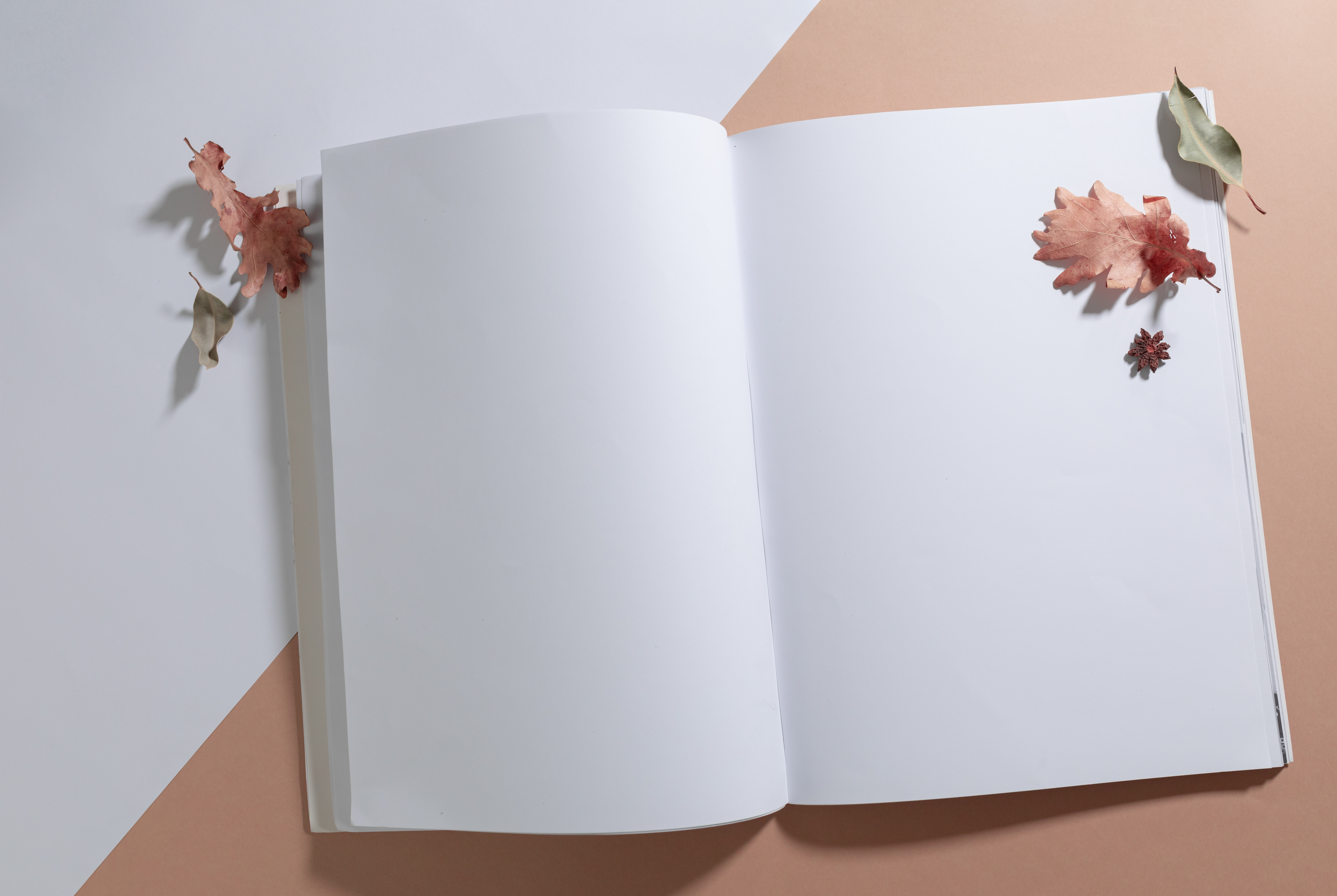What Are the Advantages Of Saddle Stitched Booklets?
They are many types and forms of book or brochure binding from which to choose, all of which are best adapted for specific printed materials and purposes – one of the most common forms of binding is one we are all familiar with – saddle stitch! We are all quite used to receiving these types of saddle stitched booklets in the form of price lists, catalogues, magazines, calendars, or newsletters. Of all the soft-cover book binding methods, saddle stitching is the most popular and has many advantages over other binding finishes – as well as producing attractive, professional, and high-end looking brochures, they are also economical and practical. Here are some advantages of saddle stitched brochure printing for you to consider:
Versatility
Perhaps the biggest advantage of saddle-stitched booklets is the versatility that they offer – they can be easily and cost-effectively produced in many different sizes and formats. They are both practical and attractive in either landscape or portrait style, or even as a square document! This means saddle stitched brochures are ideal to use as a handy ‘pocketbook’ guide, or for something as large as a road atlas (as they can be printed to accommodate large images spanning more than one page), and everything in between!
Size
Saddle stitched brochures can accommodate a varying number of pages depending on the type of brochure you are producing – this is because they can be finished with appropriate hole drilling spaces for inserting into 3-ring binders and therefore can accommodate different thicknesses and types of paper making it an ideal finish for any-sized booklet.
Low Cost
Of all the booklet and brochure binding methods, saddle stitching is the least expensive and most cost effective – the simple process also lends itself to a fast ‘turnaround’ between printing request and finished product!
Short Production Runs
This binding finish is ideal for booklets to be printed inexpensively as short production runs, allowing you to print only as many copies as you require and therefore avoiding excess copies paid for and unused.
Easy Design
Saddle stitched booklets and brochures are easy to design and can accommodate artwork with crossover images (those that span two adjacent pages).
Easy Despatch and Distribution
Saddle stitched booklets are lightweight, so add minimal bulk to the printing making them ideal for items to be mailed out to customers/clients, or for people to distribute by hand at marketing or advertising events and campaigns.
The Cover
Saddle stitched booklet printing can be finished with a ‘self-cover’ – that is, the cover being printed on the exact same paper grade and weight as all the other pages – or, alternatively, can be printed with a ‘plus-cover’, which consists of the document cover being printed on a different paper stock – this is usually heavier, and thicker paper than the main body of the document and gives the document a more ‘formal’ finish and appearance.
The Process
The saddle stitching process is based on the gathering, organisation and folding of the pages into what are known as ‘signatures’ containing 4, 8, 12, 16 or 32 pages – all documents to be saddle stitched need to be divisible by four. Once folded, these signatures are fed through the saddle stitcher machinery from the bottom of the folded signature stack, into each other and are then bound, through marked fold lines, with wire staples. A ‘stack’ is then formed by inserting the innermost onto the ‘saddle’ first with the cover signature being the last to be placed on the stack. The stack, once completed with the ‘nested’ signatures, are then stapled in a precision manner. With the binding wire then fed through the pages to hold the brochure together, the document is then ‘trimmed’ accordingly to produce the final attractive booklet or brochure!
DL Graphics
If you would like more information about saddle stitched booklets, you can contact us. Alternatively, you can visit the saddle stitched booklet page .

